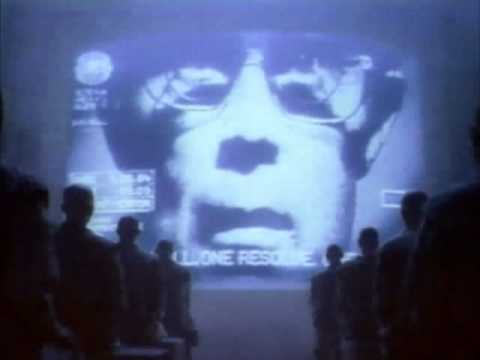
There’s two types of people that watch the Super Bowl—those who want to watch football, and those who want to watch the commercials. Either way, that’s a lot of people—the NFL’s championship game is typically highest-rated event of the year, and 19 of the top 20 most watched TV broadcasts of all time are all Super Bowls (the M*A*S*H finale being the only exception at #9.)
It’s hard to stand out from the crowd of countless ads that have aired in the previous 51 games, though dozens have managed to become iconic—including the dancing Pepsi bears, the Budweiser frogs, and the screaming squirrel.
But only a few commercials have actually changed the game when it comes to advertising or filmmaking, introducing new concepts and employing out-of-the-box techniques. By doing something unique and influencing future spots for years to come, these game-changing ads are lessons in themselves.
Here’s five such Super Bowl ads, and what you can learn from them:
1. Apple’s “1984”
“1984” is possibly the most famous commercial of all time, Super Bowl or not. Released the same year as both the Summer Olympics and the 1984 cinematic adaptation of George Orwell’s dystopian novel “1984,” it was a relevant short film that audiences easily identified with, and introduced Apple’s Macintosh desktop PC, which would shortly go on to revolutionize the home computer lifestyle.
The commercial, while signifying major change, was also a short film — a dark, moody, science fiction epic directed by the perfect person for the job, Ridley Scott. Scott was fresh off his own dark, moody, science fiction epics “Alien” and “Blade Runner.”
To this day, the “1984” commercial is a testament to spectacle — influencing countless advertisements that went very, very big to make themselves heard.
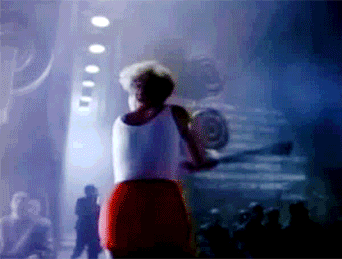
2. GoDaddy’s Teaser Ads
GoDaddy, the company that web hosts and sells and registers domains, doesn’t typically offer highbrow advertisements; indeed, they’ve gotten a lot of flack for tasteless, sexist commercials on more than one occasion. Several of these have been rejected for the Super Bowl, so GoDaddy’s marketers came up with an innovative solution — using their 30 seconds of Super Bowl time to advertise their full-length, real commercials online.
By playing teasers of their actual ads, GoDaddy made a name for itself purely on buzz, while also incorporating social media into advertising well before most of the industry had caught on to the Internet’s potential in such regards. While their actual content was nothing worthy of emulating, this unique innovation has led to an entire industry of “commercials for the commercials.”
3. Coca-Cola’s “Mean Joe Greene”
One of the earliest iconic Super Bowl ads came in 1979, though it had already premiered a few months earlier before making a splash during the big game. This Coca-Cola ad featured NFL star “Mean” Joe Greene chugging a bottle of Coke in the halls of a football stadium before tossing his towel to a 9-year old fan.
The heartwarming moment was a perfect storm of Americana, celebrity, and — of course — football. By using a celebrity most of the television audience already idolized and combining it with a cute kid and some good ol’ fashioned sentimentality, the advertisement formed the basis for countless imitators, including other Coke ads.
If a commercial can give you a warm, fuzzy feeling, the “Mean Joe Greene” ad argues, then maybe so can the product it’s advertising?
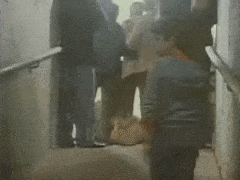
4. Nike’s “Hare Jordan”
Michael Jordan was as famous for his TV commercials as he was for his basketball skills, but the “Hare Jordan” spots that advertised his Nike-brand Air Jordan sneakers took marketing to a whole other level. By appearing on screen with an animated Bugs Bunny in modern-day “Looney Tunes”-style shorts, Jordan changed yet another game.
Cutting edge special effects and combining live action with animation was typically only seen in the movies (and in the latter case, only very rarely.) By putting money and unique visuals into their advertisements, Nike proved the investment could be worth it. The ad first hit the Super Bowl in 1992, when computer-generated effects were just hitting the mainstream but were still a rarer, more expensive option than traditional hand-drawn animation.
The ad ended up being a harbinger of the special effects-heavy commercials that would follow in the next two decades as CGI became cheaper and easier to implement. A Super Bowl doesn’t go by these days without several CGI-assisted commercials, but Nike’s hand-drawn/live action combo “Hare Jordan” can be considered the grandfather of them all (and the predecessor to Jordan and Bugs Bunny’s feature-length collaboration, “Space Jam.”)
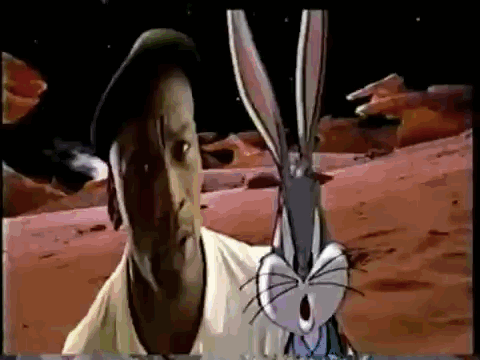
5. Doritos’s “Crash the Super Bowl”
For 10 years, the Doritos approach to their Super Bowl ads was to hold a “Crash the Super Bowl” contest, where anyone could film and submit their own Doritos commercials. The winner of the contest would have their amateur project aired for TV’s biggest audience.
The ads were highly successful. By opening up their commercial pitches to millions of amateur filmmakers, Doritos also had way more choices to choose from than any advertising firm could offer. And audiences could connect to the DIY-style low-budget ads — it was a democratic solution that showed that anyone could potentially be seen or heard.
Aspiring filmmakers, advertisers, and just funny people who liked Doritos instantly had a shot at the big time. In the age of YouTube and Instagram stories, Doritos’s “Crash the Super Bowl” campaign couldn’t be a more relevant, decentralized way of telling stories — even if those stories were selling Nacho-flavored tortilla chips.
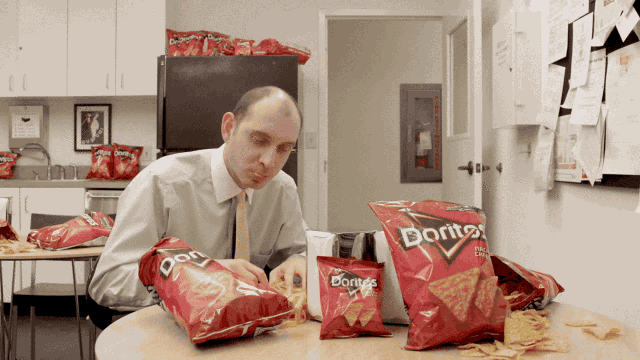
Interested in learning the skills to make your own Super Bowl commercial one day? Check out NYFA’s filmmaking program here.